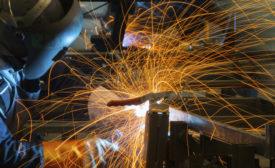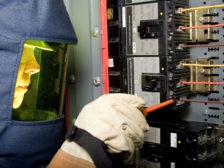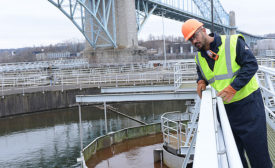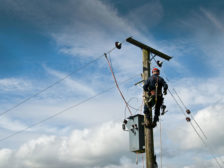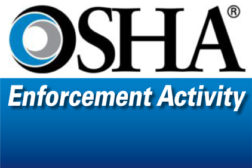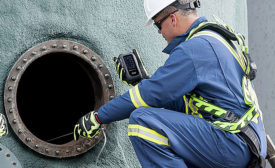Oil and Gas Industry Safety & Health
5 topics to cover during daily briefings for utility workers
Restoring power is risky business
April 29, 2021
Regular air quality tests of confined spaces identify new hazards
Enter at your own risk
March 22, 2021
Become a Leader in Safety Culture
Build your knowledge with ISHN, covering key safety, health and industrial hygiene news, products, and trends.
JOIN TODAYCopyright ©2025. All Rights Reserved BNP Media.
Design, CMS, Hosting & Web Development :: ePublishing
